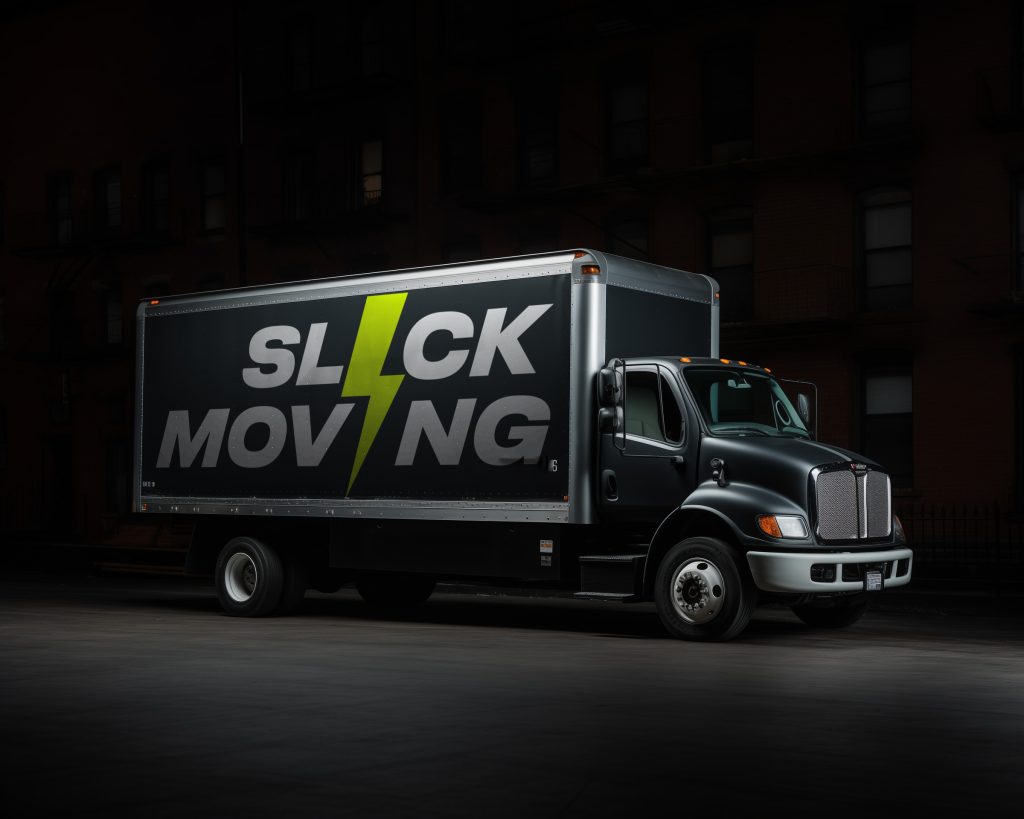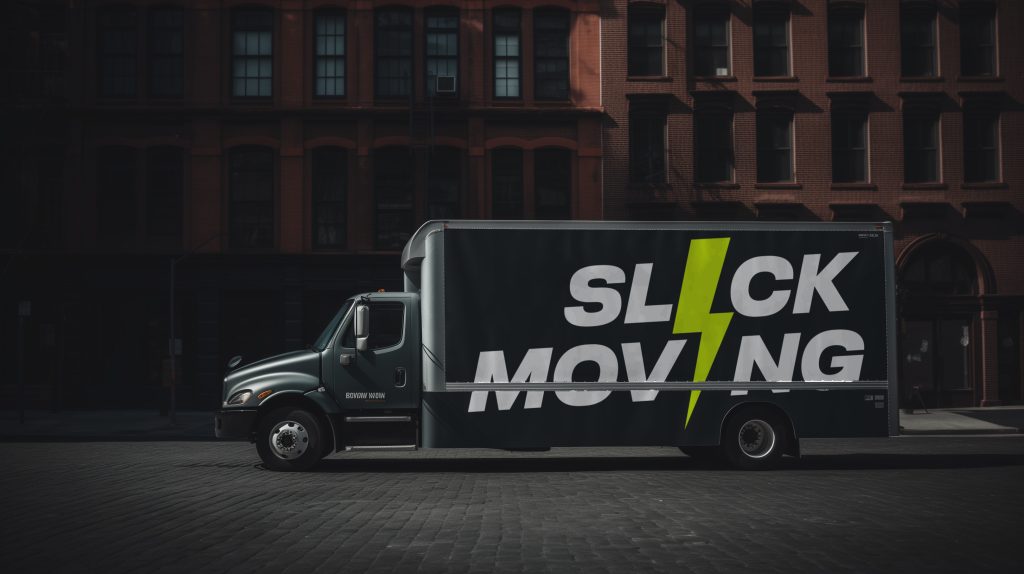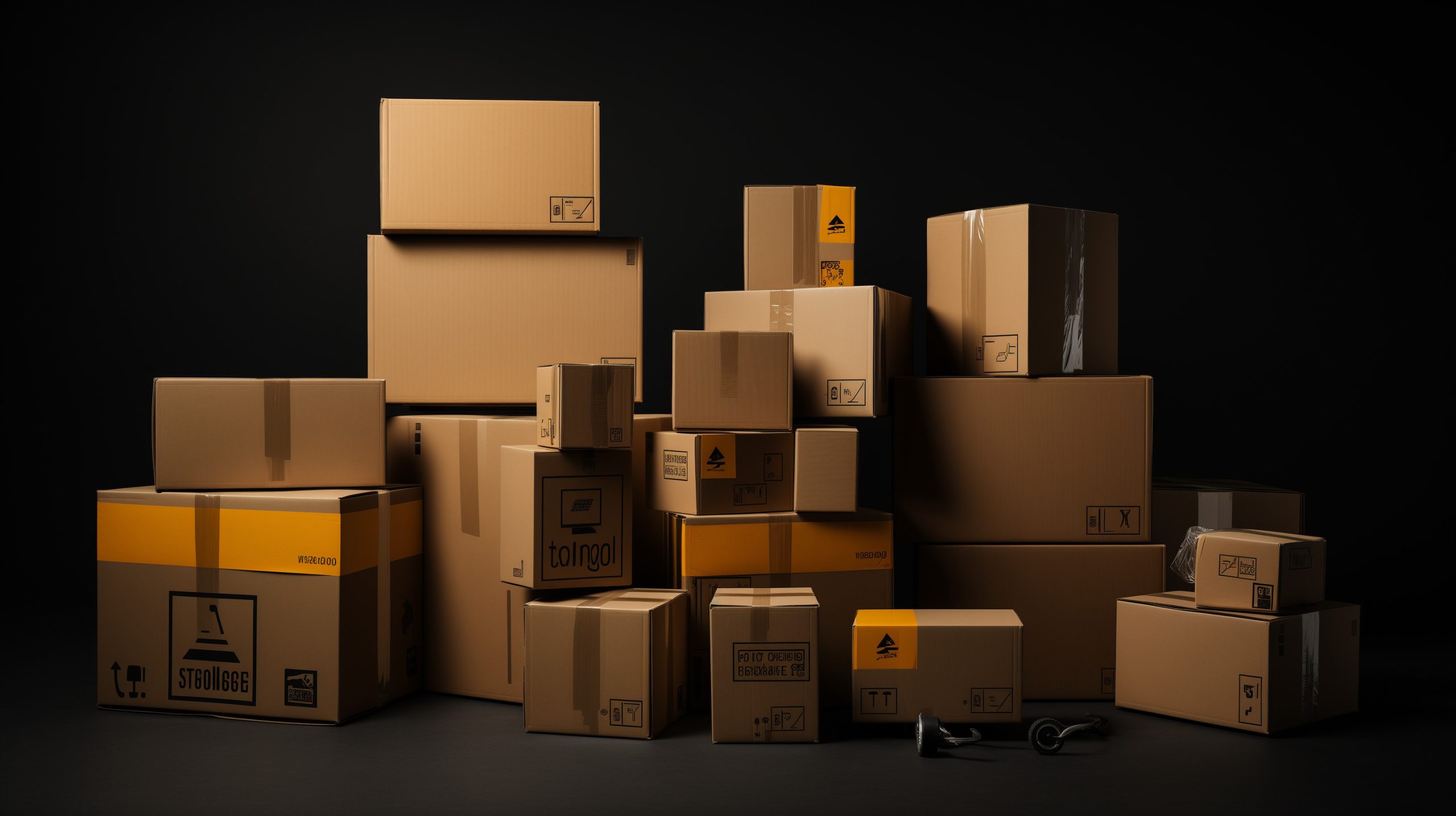Moving to a new home can be an exciting but daunting task, especially when it comes to packing your clothes. Whether you’re moving locally or long-distance, it’s essential to pack your clothes properly to ensure they remain in good condition during transit. In this comprehensive guide, we will walk you through the best practices and expert tips on How To Pack Clothes For Moving. From purging your wardrobe to using the right packing supplies, we’ve got you covered.

The Purge: Streamlining Your Wardrobe
Before you begin packing your clothes, it’s essential to declutter and streamline your wardrobe. Take this opportunity to assess each item and decide whether it’s worth taking with you to your new home. Ask yourself if you’ve worn the item in the past year and if it still brings you joy.
Consider creating four piles, toss, donate, keep, and sell. Items that are damaged, no longer fit, or haven’t been worn in a long time can be tossed or donated. You can sell gently used clothing online through platforms like Poshmark or thredUP to earn some extra cash before your move. Purging your closet will make the packing process smoother and ensure that you only bring the clothes you love and wear.

Sorting and Organizing Your Clothes
Once you’ve purged your wardrobe, it’s time to sort and organize your clothes. Start by categorizing your items into seasonal groups. This will help you determine which garments can be packed away in storage containers and which ones you’ll need access to immediately. For example, if you’re moving in the summer, pack your winter coats and heavy sweaters in airtight containers that can be stored until the colder months.
Next, consider keeping your hanging clothes on their hangers. Rather than packing hangers and clothes separately, keep your garments on the hangers and zip-tie the necks of the hangers together. This method will save you time and make it easier to unpack and rehang your clothes in your new closet.
If you have luggage available, put it to good use by packing your clothes into the suitcases. Rolling your clothes instead of folding them can minimize wrinkles and save space. If you don’t have luggage, small, heavy-duty boxes can be used instead. Fold your clothes neatly and pack them away in these boxes.
Choosing the Right Packing Supplies

To pack your clothes safely and efficiently, it’s important to have the right packing supplies on hand. Here are some essential items you’ll need:
Moving Boxes: Invest in various sizes of sturdy moving boxes. Choose boxes specifically designed for clothing, such as wardrobe boxes or medium-sized boxes with built-in clothing bars.
Packing Paper or Tissue Paper: Use packing paper or tissue paper to wrap delicate or wrinkle-prone items. This will provide an extra layer of protection during transit.
Bubble Wrap: Bubble wrap is ideal for protecting shoes, accessories, or fragile clothing items. Wrap them carefully to prevent scuffs or damage.
Packing Tape: High-quality packing tape will secure your boxes and prevent them from opening during the move. Use tape to reinforce the bottom and top seams of each box.
Garment Bags: Garment bags are essential for protecting delicate or expensive clothing items, such as suits, dresses, or coats. Invest in breathable canvas or mildew-resistant polyester bags for optimal protection.
Ziplock Bags: Small ziplock bags are useful for storing accessories like jewelry or small items that can easily get lost during the move. Keep these bags in a separate box or bag for easy access.
Having these packing supplies readily available will make the packing process smoother and ensure that your clothes are well-protected during the Brooklyn commercial moving.

Packing Hanging Clothes
Packing hanging clothes requires a different approach than packing folded items. Here are some methods you can use to pack your hanging clothes efficiently:
Wardrobe Boxes: Wardrobe boxes are specifically designed for moving hanging clothes. They are made of heavy-duty cardboard and come with a metal bar to hang your garments. Wardrobe boxes come in various sizes and have built-in handles for easy carrying. This method provides excellent protection for your clothes and keeps them wrinkle-free.
Garment Bags: Garment bags are another option for packing hanging clothes. They come in various materials, such as breathable canvas or mildew-resistant polyester. Simply hang your clothes inside the bag and zip it up for protection. Garment bags are lightweight and easy to transport, but they may not be suitable for delicate fabrics that can get compressed or wrinkled.
Rolling Rack: If you have a rolling rack or clothing rack, you can use it to transport your hanging clothes. These racks are lightweight, adjustable, and often come with wheels for easy mobility. Simply transfer your clothes from your closet to the rack and cover them with a protective plastic wrap or garment bag. While this method may not offer as much protection as wardrobe boxes or garment bags, it can be a convenient option for a short-distance move.
Portable Closet: A portable closet is a cross between a rolling rack and a wardrobe box. It features a hanging bar, frame, and zippered fabric cover. Portable closets are lightweight and provide protection for your hanging clothes during the NYC commercial moving. However, they can be bulky and take up more space compared to other options.
Choose the method that suits your needs and the distance of your move. Ensure that your hanging clothes are well-protected and secured to prevent any damage during transportation.
Best Way To Pack Non-Hanging Clothes For Moving
When it comes to packing non-hanging clothes, there are various methods you can use to maximize space and minimize wrinkles. Here are some popular packing techniques by Movers NYC :
Folded Method: The most common way to pack non-hanging clothes is by folding them into neat, compact squares or rectangles. Start by folding the garment in half lengthwise, then fold it in half again or in thirds, depending on its size. This method is ideal for items like dress shirts, sweaters, and other delicate or wrinkle-prone clothing items.
Military Rolling Method: The military rolling method involves tightly rolling clothes into compact bundles to save space and prevent wrinkles. Lay the garment flat, smooth out any wrinkles, fold the sleeves inward, and roll the garment tightly from the bottom up. This technique works well for T-shirts, jeans, and other casual clothing items.

Compression Bags: Vacuum-sealed bags or compression bags are excellent for maximizing space. This will compress the clothes, allowing you to pack more into less space. Compression bags are especially useful for bulky items like winter coats and sweaters.
Suitcases and Duffle Bags: If you have suitcases or duffle bags available, use them to pack your clothes. This eliminates the need for additional moving boxes and makes it easier to transport your belongings. However, keep in mind that luggage can be heavy, so avoid packing delicate or fragile items in them.
Dresser Drawers: If you have dressers, you can leave your clothes inside the drawers and transport the entire piece of furniture to your new home. This convenient option eliminates the need for packing and unpacking your clothes. However, be sure to remove any fragile or spillable items from the drawers to prevent damage to your clothes during the move.
Packing Paper and Tissue Paper: Delicate items may require additional protection. Wrap them in packing paper or tissue paper to prevent wrinkles or damage during the move. Carefully fold the items, wrap them in paper, and pack them in a box or suitcase with similar items.
Choose the packing method that best suits your clothing items and the space available in your moving boxes or luggage.
Protecting Delicate and Expensive Pieces
Delicate and expensive clothing items require extra care during the packing process to ensure they arrive at your new home in pristine condition. Here are some tips to protect your delicate pieces:

Use Garment Bags: Garment bags provide an additional layer of protection for suits, dresses, coats, and other delicate items. Hang the garments on sturdy wooden or padded hangers inside the garment bag. This will prevent wrinkles and protect the items from dust and potential damage.
Wrap Jewelry Carefully: When packing jewelry, wrap each piece in tissue paper or packing paper to prevent tangles and scratches. Place the wrapped jewelry in a small box or pouch, and then pack it inside a larger box with similar items. This will ensure your jewelry stays safe and organized during the move.
Use Acid-Free Tissue Paper: When packing delicate accessories like hats or scarves, use acid-free tissue paper to prevent discoloration and damage to the fabric. Acid-free tissue paper is specifically designed to prevent the transfer of acids and is widely available at craft stores and online retailers.
Pack Fragile Items Together: Fold delicate or expensive clothing items carefully, using tissue paper or packing paper to prevent creases and wrinkles. Pack these items together in a box or garment bag labeled as “delicate” or “fragile.” Ensure this box is one of the last items loaded onto the moving truck to minimize the risk of damage.
Wrap Shoes and Purses: To protect shoes and purses during the move, wrap them in bubble wrap, packing paper, or soft fabric like cotton or velvet. This will help prevent scuffs or scratches during transportation.
By following these tips, you can ensure your delicate and expensive clothing items reach your new home safely and in excellent condition.

Packing Shoes and Accessories
Shoes and accessories also require careful packing to prevent damage during the move. Here’s how to pack them effectively:
Shoe Boxes: If you have the original shoe boxes, use them to pack your shoes. This provides the best protection, as the boxes are designed specifically for each pair. If you don’t have the original boxes, consider purchasing plastic or cardboard shoe boxes that will fit your shoes. Individual drawstring bags are another option for storing and protecting your shoes.
Hat Boxes: To protect hats, use hat boxes. These specialized boxes are designed to keep hats in shape and prevent them from getting crushed during the move. If you don’t have hat boxes, you can wrap hats in acid-free tissue paper and pack them in a sturdy box.
Jewelry Boxes: Jewelry boxes are ideal for storing and organizing your accessories during the move. If you have a jewelry box, use it to pack your jewelry securely. Alternatively, wrap each piece of jewelry in tissue paper or packing paper and place them in a small box or pouch. Then, pack the box or pouch inside a larger box with other accessories.
Packing Shoes and Accessories in Wardrobe Boxes: If you have wardrobe boxes, take advantage of the space at the bottom of the box to pack your shoes and purses. Wrap them in bubble wrap or packing paper to prevent scuffs and place them in the bottom of the wardrobe box. This will save space in other boxes and keep your shoes and accessories easily accessible.
Frequently Asked Questions
Q: What is the best way to organize and pack my clothes efficiently for a move?
A: Slick Moving Company recommends sorting your clothes by season and category before packing. Utilize sturdy moving boxes or wardrobe boxes for hanging items. Fold and pack clothes in a systematic manner to make unpacking a breeze at your new destination.
Q: How can I protect my delicate or expensive garments during the moving process?
A: For delicate or expensive clothing items, use garment bags or wrap them in clean sheets or tissue paper to prevent wrinkles, dust, and potential damage. Place these specially wrapped items in labeled boxes, and consider transporting them in your own vehicle for added peace of mind.
Q: What should I do with clothes I won’t need right away after moving?
A: To streamline the unpacking process, pack off-season clothes, or items you won’t immediately need, separately. Label these boxes accordingly and place them in a designated area, so you can prioritize unpacking essentials upon arrival. This helps you settle in without feeling overwhelmed.
Q: Are there any eco-friendly packing options for my clothes?
A: Slick Moving suggests using sustainable packing materials like recycled cardboard boxes or reusable containers. Additionally, consider repurposing your own clothes, such as towels, blankets, or even t-shirts, as padding to protect more delicate items during the move.
Q: How can I keep track of my clothes during the move to ensure nothing is lost or misplaced?
A: To avoid losing track of your clothes, create a detailed inventory list before packing. Number your boxes and list the contents on your inventory. Use color-coded labels or a digital tracking system to match each box with its corresponding room in your new home, making the unpacking process smooth and efficient.

